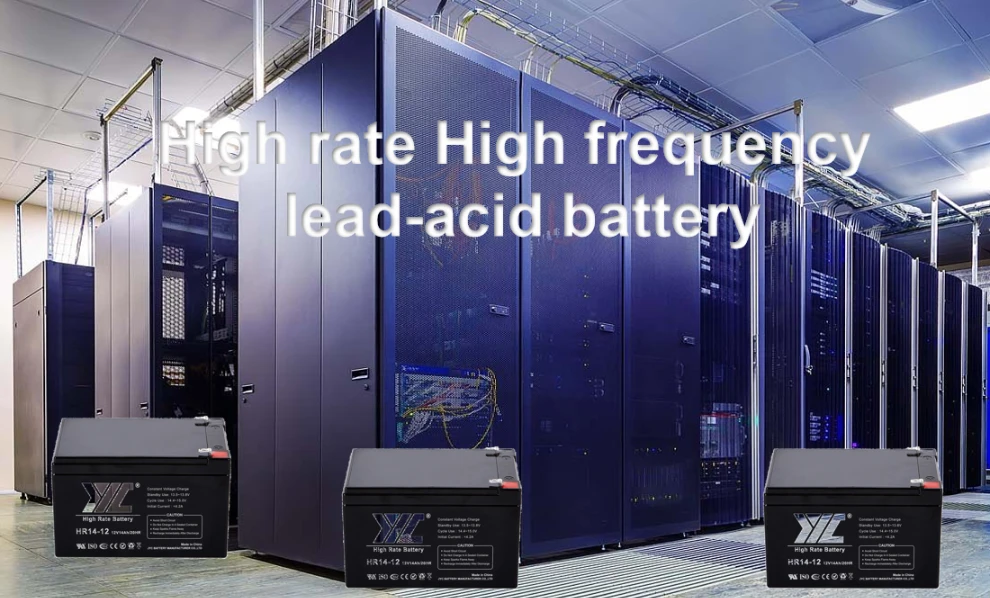
A company’s most valuable investment is typically data. Losing financial, employee, or customer data is unaffordable for any company. Sadly, unplanned power outages may cause data loss, which could result in expenses in the tens of thousands of dollars. To solve this issue, high rate batteries were developed specifically for backup power systems.
High rate batteries are created to deliver high power pulses for brief periods of time. A battery that can do this is one that can discharge quickly and recharge quickly. This is accomplished by two-phase charging, where the first phase charges quickly and effectively using a constant current and a constant voltage, respectively.
Lead acid batteries with high rates of discharge employ thinner lead plates. There is more room for more lead plates when the plates are thinner. The additional lead enhances the surface area of the electrochemically active material overall, enhancing the interaction with the solution.
High cycle batteries and high rate batteries share a lot of characteristics. They are specifically designed to produce high power pulses for brief periods of time and are made with valve-regulated lead-acid (VRLA) AGM technology. Battery life may be impacted if the discharge rate is less than 50%. They provide more current and recharge more quickly than deep cycle batteries.
A typical lead-acid battery gives 200–300 charge/discharge cycles, based on the operating temperature and DOD. High rate batteries may run at 68–77 degrees Fahrenheit at 50% DOD for up to 400 charge/discharge events and have a lifespan of 14–16 years.
The battery’s cycle life and depth of discharge (DOD) are connected. The total number of charge/discharge cycles that a battery can withstand over the course of its lifetime, as determined by the DOD permitted, is known as battery cycle life. Instead of being consistently discharged to its maximum DOD, the battery will have more useful cycles if the discharge is kept below 80% and at a lower percentage (about 50%).
HIGH RATE BATTERIES HAVE THE FOLLOWING ADVANTAGES:
- High rate of discharge
- Spill-free/proof construction
- Oxygen recombination advancements
- Alloy plate power system with minimal combustion products
- Reduced self-discharge rate
- Absorbent glass mat (AGM)
- High power-to-volume proportion
- Unparalleled energy density
- Valve regulation
- Incredibly safe procedure
- Higher incidence of charge up
- Stable performance
- Rechargeable lead acid batteries
- Top quality
Hours of work could be lost due to a sudden power outage or surge, and your equipment could also be damaged. By ensuring that your UPS has a high rate battery from JYC batteries, you can prevent all of that. To solve this issue, JYC batteries developed the highest performing high rate batteries that are specifically designed for emergency power systems. There is a history of these batteries being the most effective ones available. If you add a JYC battery to your UPS, your company will be able to function even if there is a power failure.



